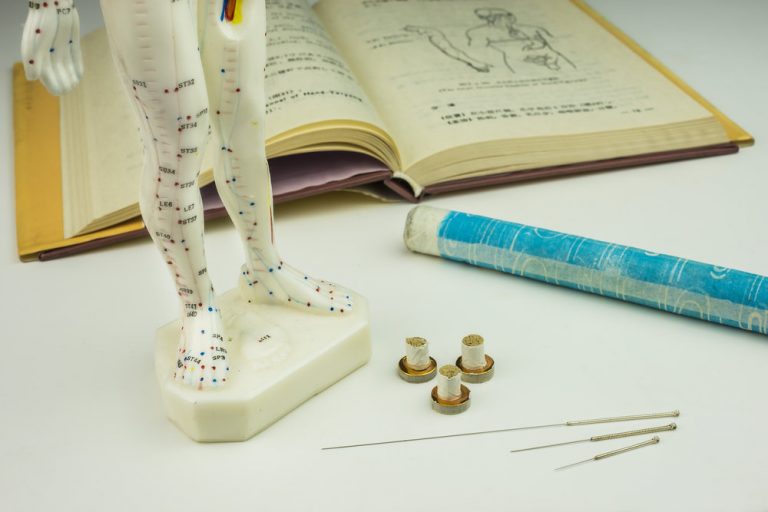Traditional Acupuncture
The Traditional Chinese Acupuncture and Herbal Medicine

Chinese Medicine’s written history extends back over 2,500 years and has always succeeded in the prevention of many diseases and conditions. Acupuncture is on of the many varied therapies of Traditional Chinese Medicine. It involves the insertion of ‘hair fine needles’ into certain location to stimulate the body’s healing energy or ‘Qi’. Acupuncture is recognised as a safe and reliable method of treatment for many conditions including stress, muscle and joint painand it is also used as a support for IVF treatment and some forms of infertility.
What conditions may acupuncture treat?
The World Health Organisation (WHO) has produced a long list of disease categories for which Traditional Chinese Medicine has demonstrable benefit, this include: Asthma, Bronchitis, Sinusitis, Migraine, Nausea, Indigestion, Constipation, IBS, High blood pressure, Obesity, Diabetes, Neck-Shoulder / Back / Knee pain, Arthritis (both osteoarthritis and Rheumatoid Arthritis), Strains and Sprains and other soft tissue injuries, PMS, Irregular or Painful Periods, Menopausal Syndrome, Fluid Retention.
How many sessions will I need?
The NICE Guidelines for low back pain (2009) recommend 10 sessions over a period of up to 12 weeks. The aim of the recommended treatments and management strategies is to reduce thee pain and its impact on your day-to-day life, even if the pain cannot be cured completely.
How long will treatment last?
A standard course comprises of 6 treatments but. In most cases treatments will be weekly, although as progress is made the interval between treatments can often be lengthened.
Where the needles inserted?
The needles are inserted at the specific points in some cases in specific combination under certain angle. There are 401 acupuncture points in the body and it takes years for therapist to learn them. Some of those points are quite famous, like Yin Tang, known as third eye or GB21. The same points are stimulated in other therapies by pressure, hot stones, moxa and so on
Is acupuncture safe?
The therapist, if he is the member of regulatory bodies, studies anatomy and physiology during his training at the high level, and combining with very tiny thickness of the needles, acupuncture regarded as one of the safest of all medical treatments. All needles that used today are disposable and sterile. And what is good to remember that acupuncture has no side effect.D
More of the benefits of accupuncture:
Acupuncture and Chinese Herbal Medicine is used to treat infertility, by helping to improve the success rate of IVF in different ways by improving the function of the ovaries to produce better quality of eggs, regulate the hormones to produce a larger number of follicles. The treatment can increase blood flow to the uterus and increase the thickness of the uterine lining, thus increasing the chances for embryo implantation.
Acupuncture can relax patient and decrease the stress, as well as lessen side effects of stimulating drugs used in IVF and many more.
What happens when I come for treatment?
Treatment will usually involve the insertion of 6-12 fine, sterile, surgical stainless steel needles and their retention for 20-30 minutes. After insertion, the practitioner will sometimes manipulate the needles at intervals to achieve a specific therapeutic effect. In most individuals withdrawal of the needles leaves no mark as the natural elasticity of the skin closes the point again without bleeding or bruising.
TCM dignosis
In TCM the radial artery pulse is taken on both wrists with the quality of the pulse being compared between the two wrists and at different distances from the wrist crease. The tongue displays significant variations in colour, shape, size and coating. TCM correlates these changes with disorders of different organs and body systems, these changes are then linked back to the individual’s unique situation and treatment is devised accord